Tuesday, July 16, 2024. Mark was up before the 6:15 alarm again, ready to go. I passed on my walk around the property and bundled up to greet a chilly morning.
We set out to an area called the XFiles again. The XFiles being 45-60 minutes away, I had time to contemplate why the water spraying up on both sides of the boat were round. I came up with no answer.
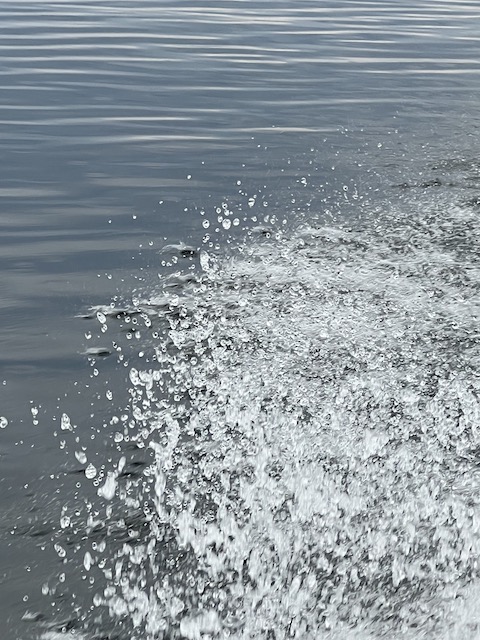

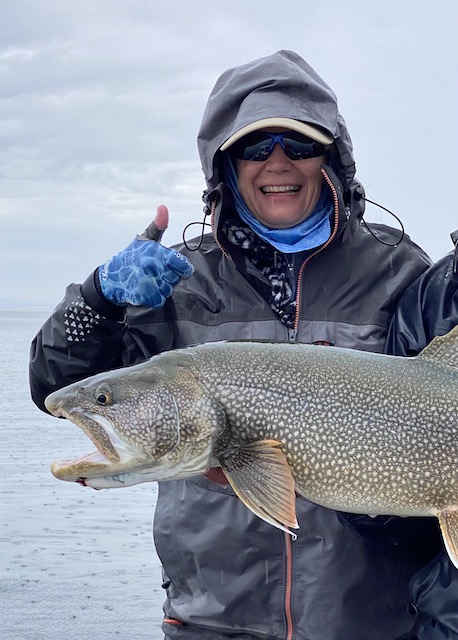

We stopped when we saw fish feeding at the surface, and had pretty good luck throwing a white jig; the yellow jig didn’t work as well. At 9:57 I had my first fish of the day, which was followed by another at 10:07. I thought we were into them. I was stoked.
We spent the next couple of hours trolling, though, and didn’t catch much.
There was another boat nearby on the flat calm water and the passengers weren’t whooping it up, either.
This photo which might be used by people who believe the world is flat. While it is possible the two guys in the boat fell off the end of the earth, if they did, they came back to the lodge in time for dinner.
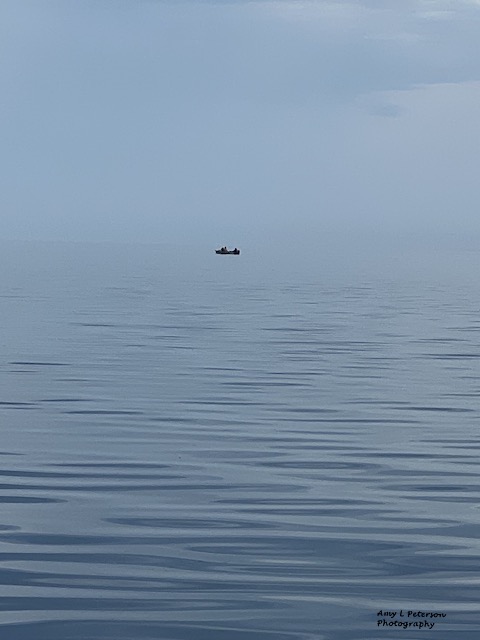
Below are two photos taken at nearly the same location–one without the spray of the boat, one with the spray of the boat. I couldn’t decide which I liked better. I loved the different moods and looks on Great Bear Lake.
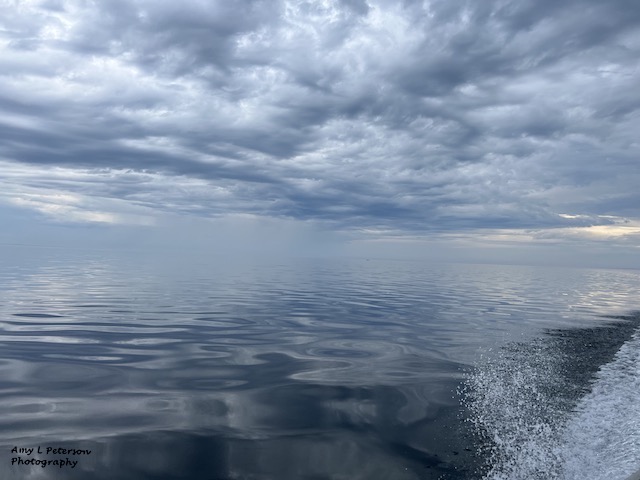

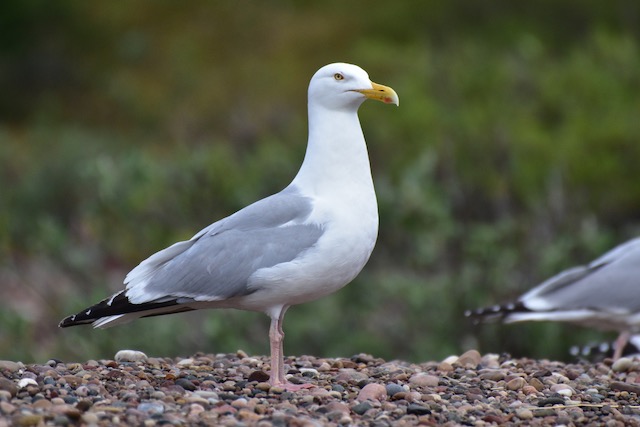
When fishing is slow, I’m on the look-out for other things to photograph. I saw this bird, a gull that I later learned is a glaucous gull, the only large gull found in the farthest reaches of the north. A group of these calls are apparently called squabbles, screeches, scavenging and galleries. Who knew? This one just happened to be friendly and willing to pose.
For lunch, we stopped at the Croquechet River, which I couldn’t find on a map and might be spelled Croquet-shay, Crock-o-shay, Crockoshit? It’s a small tributary that empties out into Great Bear Lake. At and its mouth is a perfect place to have lunch; it’s also near a grave we were curious to check out. While Manny carried our sandwiches and drink to a couple of large metal barrels with plywood on top, serving as a table, Mark took his red and black Whopper Plopper and cast it out into the river. Almost every cast of this surface bait resulted in him catching a small pike.

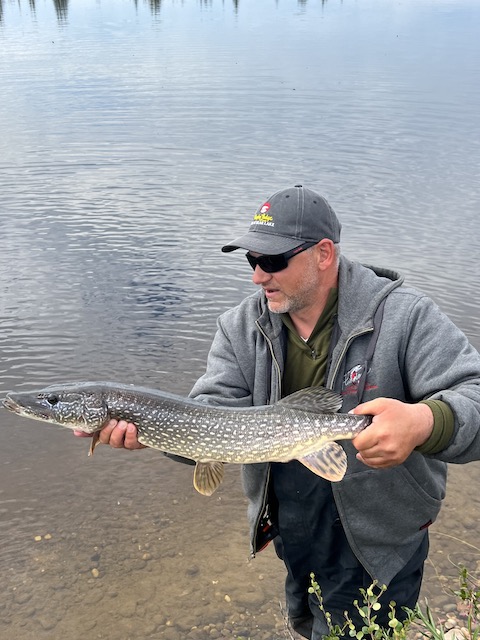
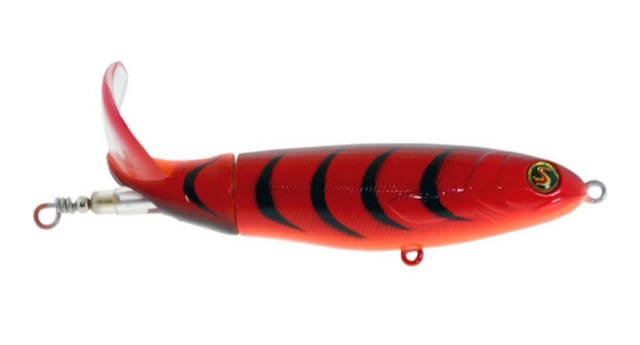
Most of the pike were about the size of the one shown here of Manny. It was almost too easy to catch pike. I ate my sandwich and walked around the tundra looking for a low spot to take a leak. Afterwards, Manny showed us his technique for releasing pike after they are after caught.
After lunch we walked toward a grave set on the top of a hill. In the photo to the right, the grave is at the rise to the right of Manny, who is walking in front of Mark.
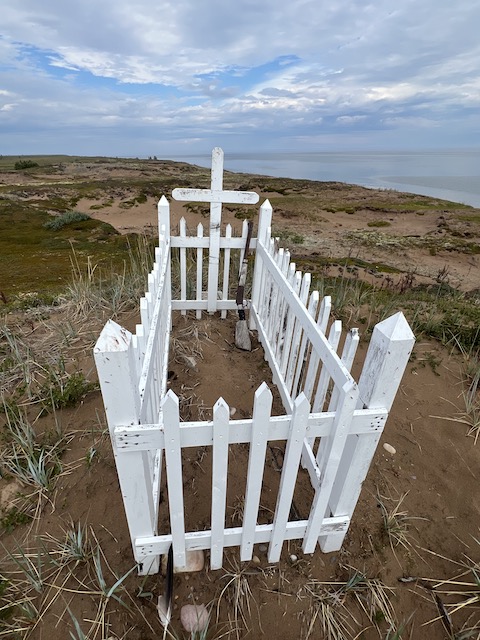
Manny didn’t know the story behind the grave, just that it was that of an indian, perhaps a chief, and that the gun had been there a very long time. The fact that the gun was there made me very happy, that people can still be respectful even when nobody is looking.
After we got back to the lodge, Manny asked the other guides if they knew who was buried in the grave. The ongoing theory was a chief, but nobody knew his name. The hosts found an article about an artist who had sketched another grave like this–and belonging to a chief–but it had mountains in the background. It was made by an artist named A.Y. Jackson and the title of the article describing it was: Echo Bay, Great Bear Lake, the Indian Chiefs Grave (R), Untitled (V). Since there were no mountains near the grave we saw, and since there were no other grave markers around–as shown in the drawing, I thanked our hosts, but still had questions.

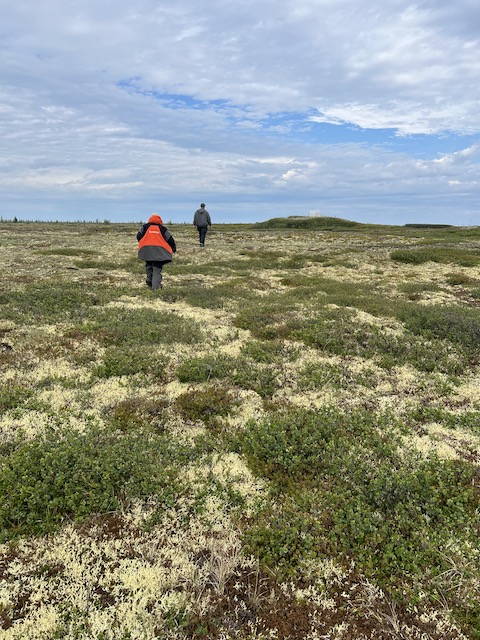
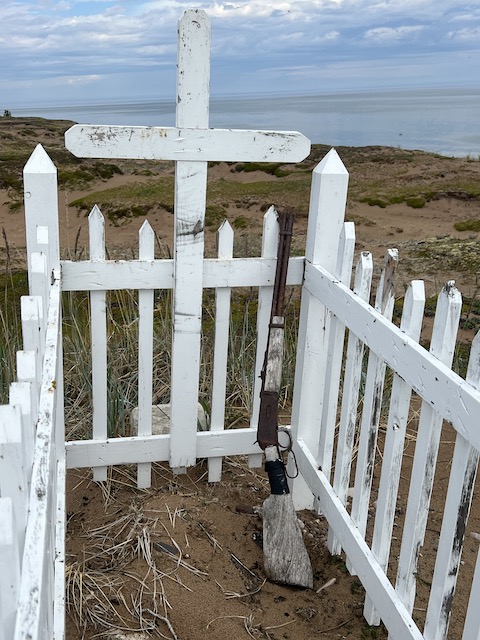
It would come to pass the on the second to last day during our trip to Great Bear Lake, a visiting Chief of the Dene tribe from Deline took a boat ride from Deline on the southwestern arm of the lake to the Trophy Lodge on the northwest arm of the lake (after shooting a caribou and muskox on the way). While visiting the Trophy Lodge our hosts asked about the grave, and the chief said the grave was that of an Indian who wandered about the tundra. The Indian asked to be buried at the top of that hill. A year after he died, his family built the fence around the grave so that he would wander no more.
Stories like this are what make me feel part of a place, and give me a deep respect for the place and its creatures and people.
And I continued to wonder where the grave was in the drawing to the left…with mountains in the background.
Based on the photo, below, taken near the grave site, I can see why a person could wander a long time in the tundra.

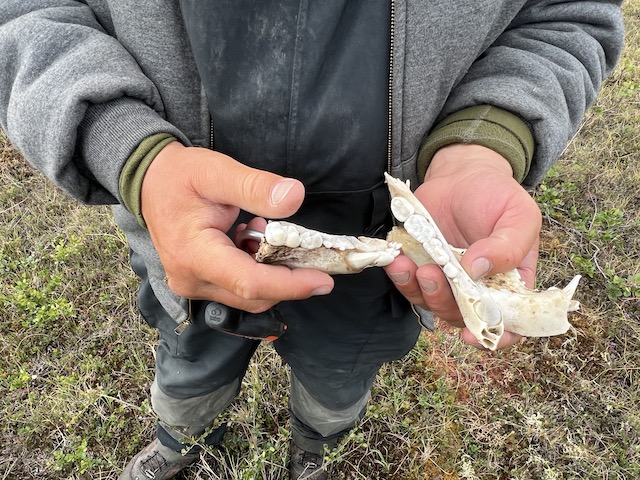
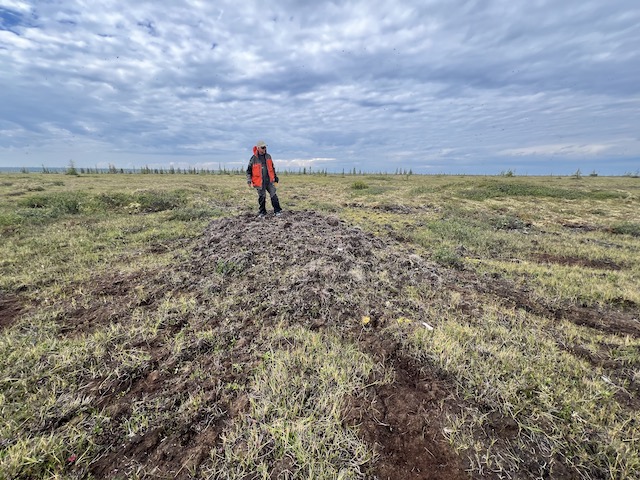
Near the grave was a large area that had been dug up and tore up, most likely by a large bear, said Manny. On top of the pile of loose dirt were pieces of jaw bone. Manny extracted one of the teeth, which was huge.
Nearby, in the sand, were tracks of animals–moose tracks and tracks of a canine, likely a wolf. There was also a den shown in the photo, below, and a series of holes that looked about the size of prairie dogs, perhaps belonging to a ground squirrel called a sik-sik. But no mammals appeared for us.
I said that if I ever came back, I wanted to put trail cameras here due to all the tracks.
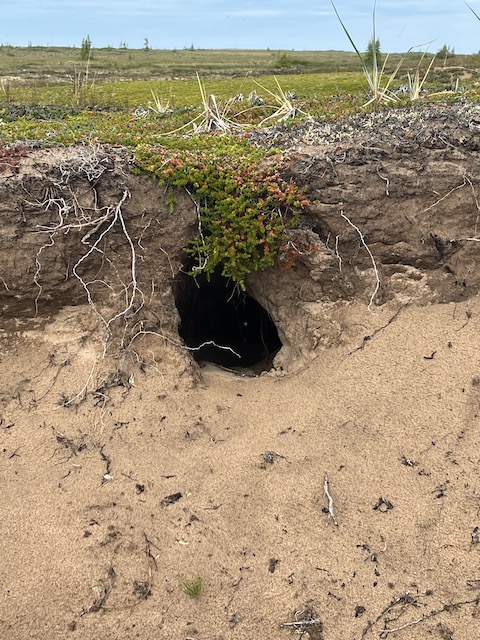
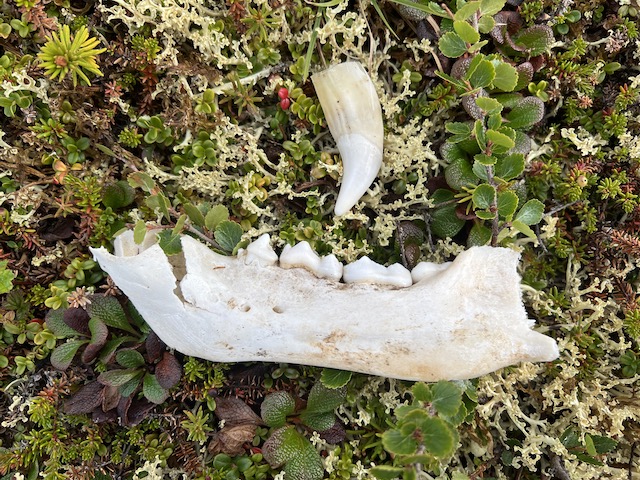
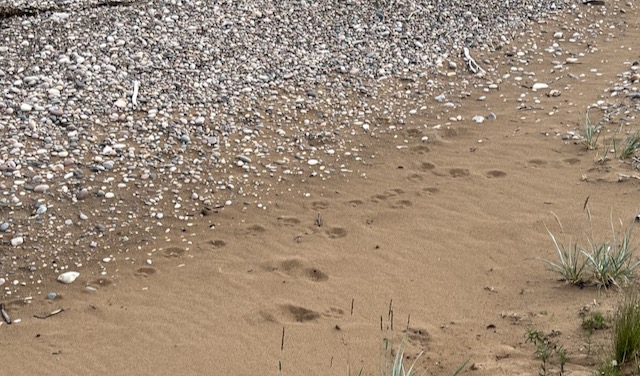
Over the course of just twenty minutes in this area, I could see why the indian had chosen this place to be buried.
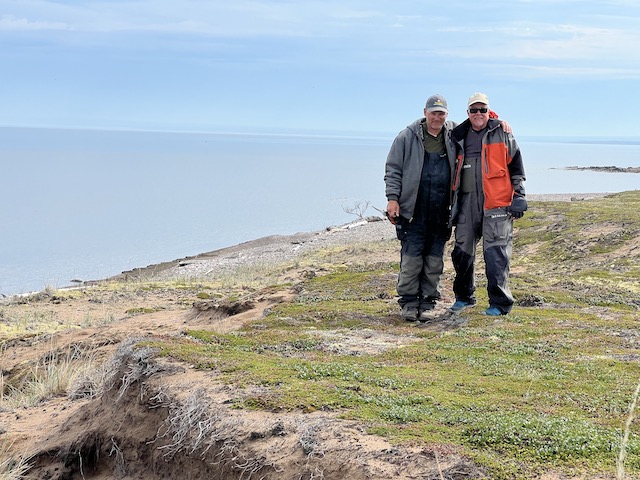

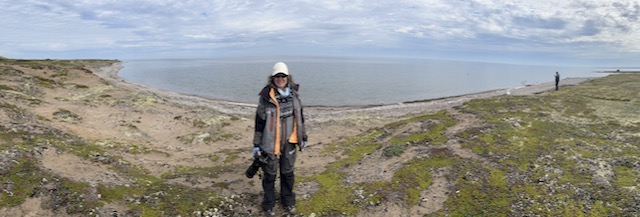
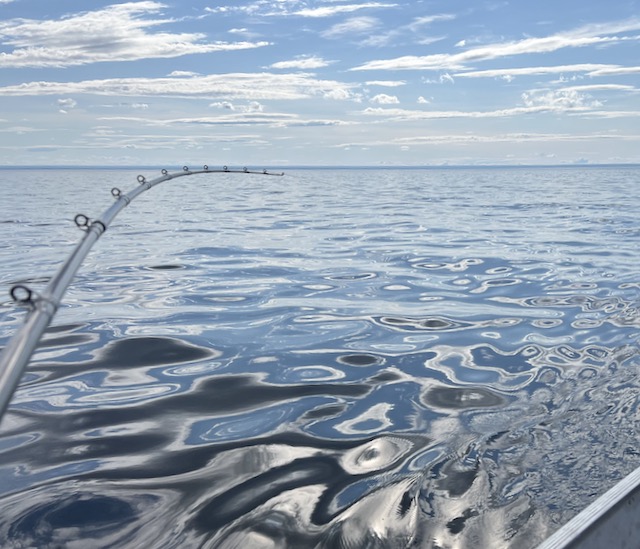
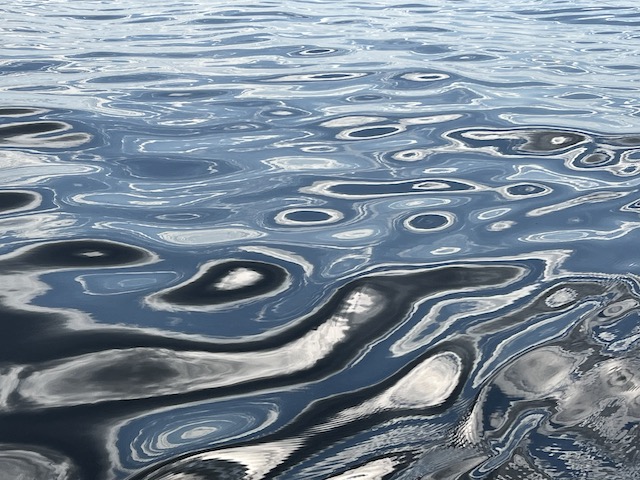
The afternoon was sloooow fishing, but the lake was magical, showing patterns in the water I had never seen on a waterbody before. Check out this one video.

The clouds seemed to bend the blobs in the water. It was amazing.

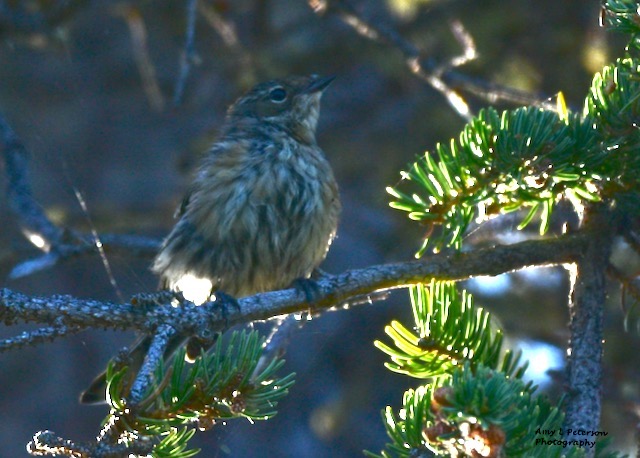
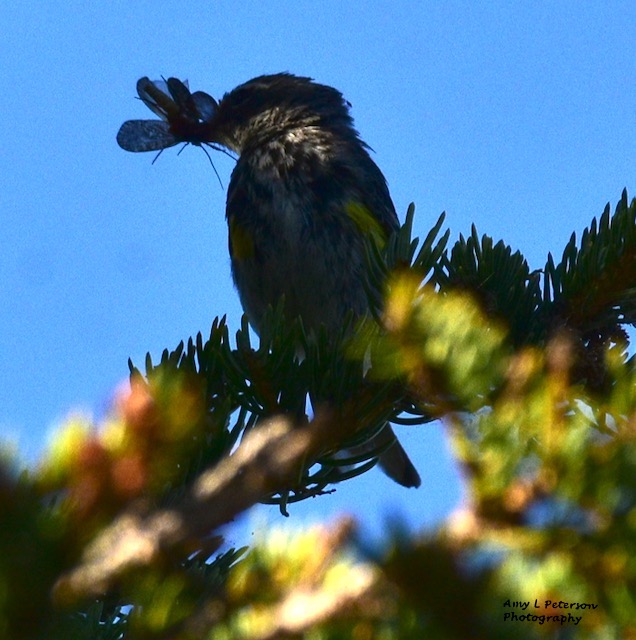
I was a bit disappointed by the lack of fish in the afternoon and found solace in a nice walk. I saw a bird that the American Birding Association FB group confirmed was a young yellow-rumped warbler. I was confused, because it didn’t look like the yellow-rumped warblers I’d seen before. After I got home I learned that for many, many years, yellow-rumped warblers were split into two species–the Audubon warbler of the west and the Myrtle Warbler of the east and far north. In 1973, scientists decided to lump them into one species because these birds apparently hybridize in a narrow zone of western Canada. Based on my photos–which I believe are all yellow-rumped warblers–the Trophy Lodge may be one of the areas where these formerly two species hybridized and became one.
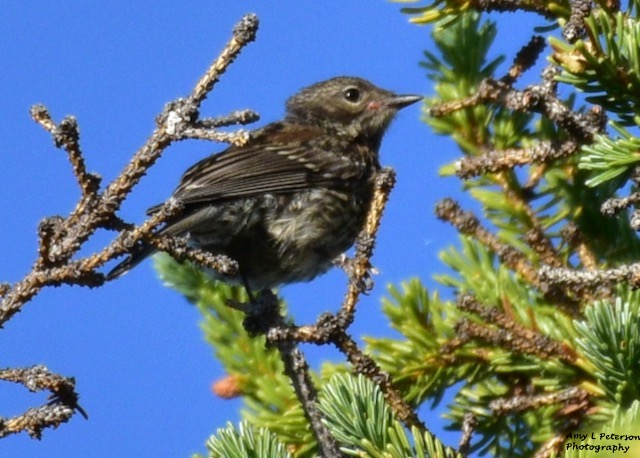
The photo to the left showed more of the yellow I’d seen before. It also showed what was for dinner out in the real world.

This chipping sparrow also had some good stuff to eat.
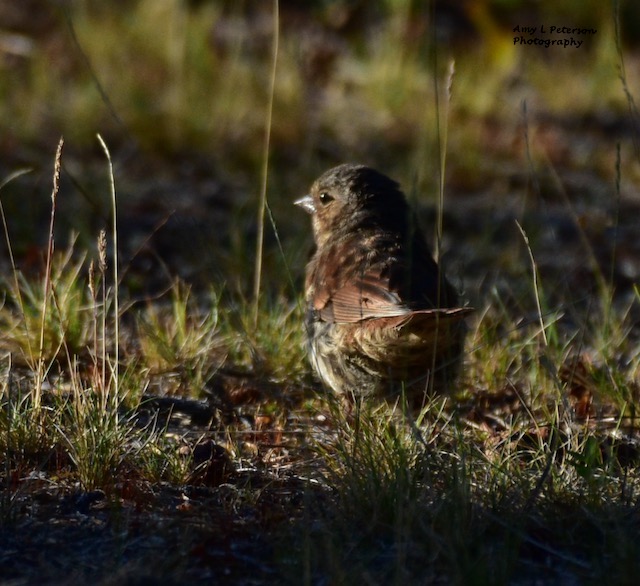

Above is a young American robin, common in Michigan. Merlin identified the one to the left as a song sparrow, which we also have in Michigan.
I also saw ptarmigan poo, but no bird to go with.
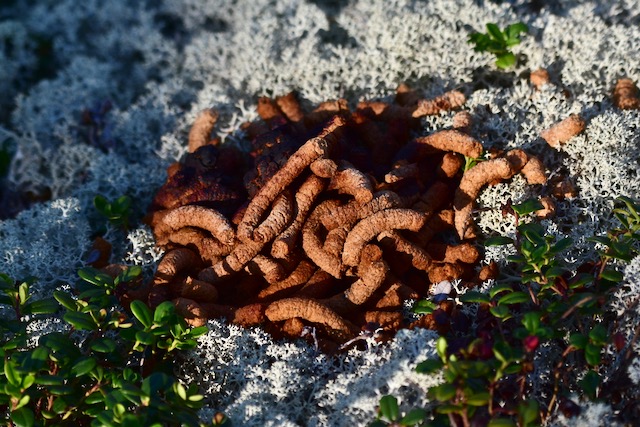
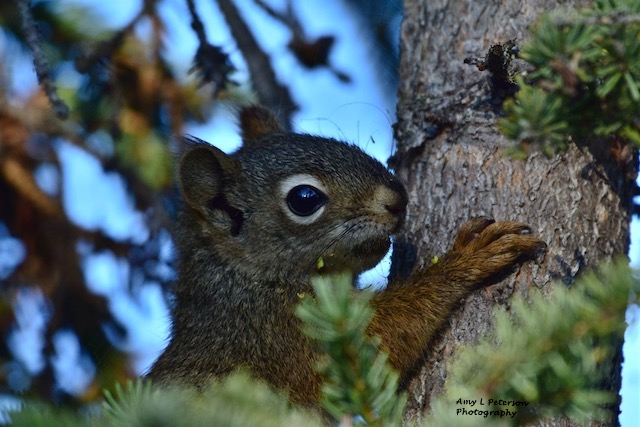
I also photographed this shy, scared red squirrel. I saw him at the base of a tree and it climbed to my eye level and it stayed there long enough for me to blast him with a flash. I left him to his evening and headed to bed. It was 10:30 in the land of the midnight sun.